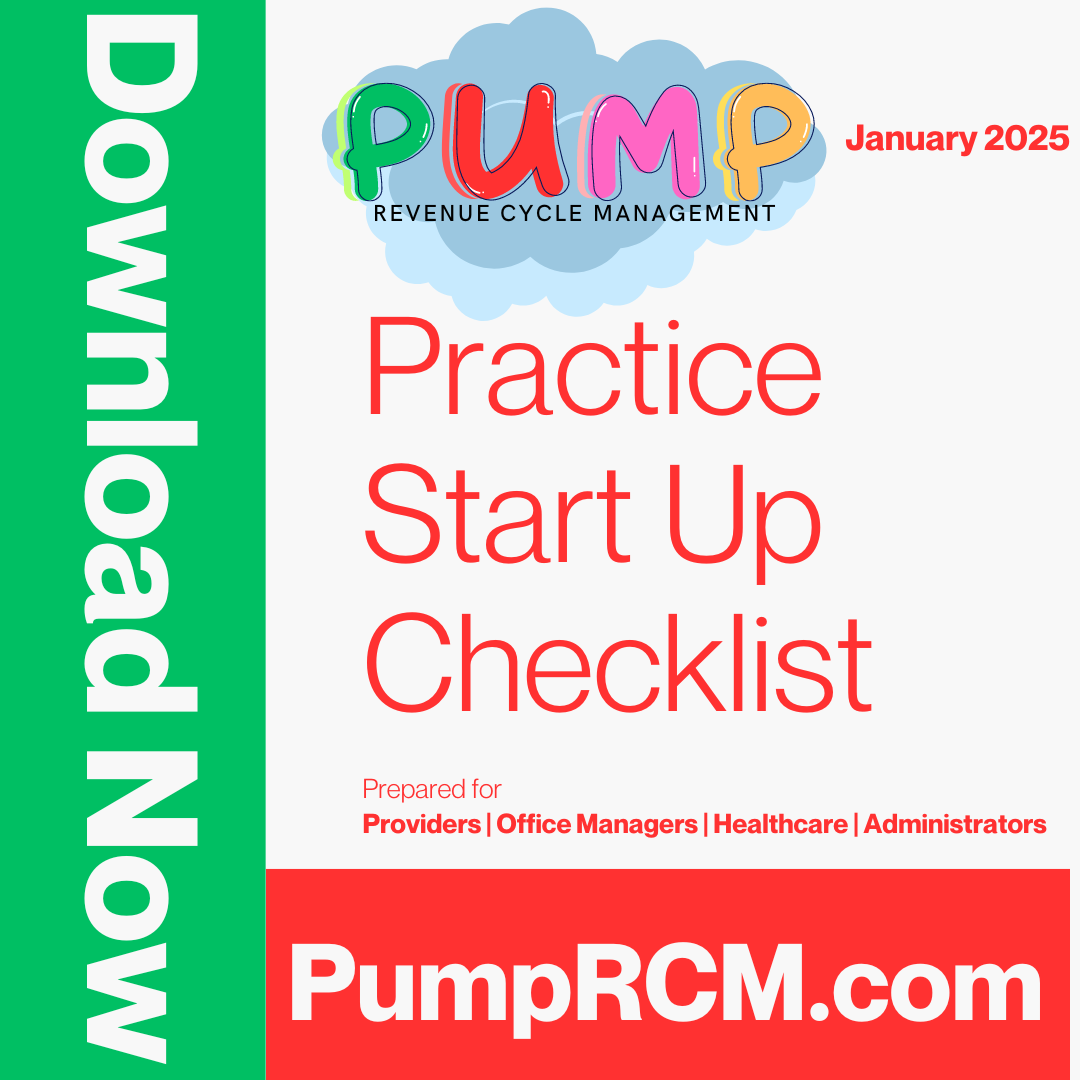A Comprehensive Guide on How Medical Care RCM Functions to Simplify Invoicing and Collections
Browsing the intricacies of medical care profits cycle monitoring (RCM) is vital for carriers aiming to improve their payment and collections procedures. The overview unpacks the details of RCM, from patient registration to accounts receivable administration, offering insights right into enhancing each step. Incorporating innovative technology and standard procedures can substantially minimize insurance claim rejections and speed up settlement cycles. Yet, truth difficulty depends on effortlessly combining these components to increase capital. As we explore the core elements and strategies that drive efficiency, one concern stays: exactly how can medical care entities ideal position themselves to thrive financially in an ever-evolving sector?
Recognizing Profits Cycle Monitoring
RCM is a crucial management function that includes the whole financial procedure of client treatment, from the preliminary visit establishing to the last repayment of the balance. It is a complicated procedure developed to recognize, gather, and manage the earnings from the solutions given to clients.
The RCM procedure begins when a person routines a consultation and expands with the client's care trip, including invoicing and collections. A vital purpose is to minimize the time between obtaining and offering a solution payment, hence enhancing the company's economic health and wellness. RCM entails numerous functions such as individual registration, insurance verification, fee capture, coding, asserts entry, repayment posting, and handling appeals and rejections.
Secret Parts of RCM
In the realm of Profits Cycle Management (RCM), comprehending its key components is basic to achieving monetary efficiency within healthcare organizations. RCM is an extensive process that incorporates numerous stages, each crucial to ensuring efficient billing and collections. The key parts consist of patient enrollment, insurance coverage verification, fee capture, coding, insurance claim entry, payment publishing, and balance due management.


Once coded, claims are sent to payers, where accuracy is paramount to stay clear of rejections or delays - Healthcare RCM. Repayment uploading entails recording the gotten settlements, which enables the settlement of accounts. Last but not least, receivables monitoring concentrates on monitoring and resolving overdue cases, making certain prompt follow-up and resolution
Each element of RCM is interconnected, and ineffectiveness in any type of part can interrupt the entire cycle. For that reason, grasping these elements is important for medical care suppliers to enhance profits and improve their financial health.
Strategies for Reliable Payment

Systematizing billing procedures across the company is an additional crucial method. Establishing clear standards for documents, coding, and submission helps keep consistency and conformity with regulative requirements. Educating personnel consistently on these treatments guarantees everyone is up-to-date with the most recent adjustments in invoicing codes and payer policies.
Precise cost capture is necessary in stopping income leakage. Carrying out routine audits and tracking systems permits the recognition and improvement of discrepancies prior to they affect profits. Additionally, keeping open lines of communication with payers assists to promptly solve any conflicts or misunderstandings that may arise.

Lastly, engaging people early in the payment procedure by offering clear estimates and educational products regarding their economic duties can significantly reduce confusion and improve settlement timeliness. These methods jointly add to a much more effective and financially healthy and balanced invoicing system.
Enhancing Collections Procedures
Provided the complexities of medical invoicing and the selection of payer needs, boosting the collections procedure involves executing tactical procedures that make certain prompt and exact repayment of services provided. Automation devices can assist in tracking claim statuses, sending timely reminders to patients, and managing denials much more efficiently.
Clear and clear client communications are critical. Supplying comprehensive descriptions of fees and offering adaptable payment strategies can boost client satisfaction and punctual repayments.
Normal audits of the collections process need to be carried out to identify areas for renovation and make sure compliance with laws. By assessing information, medical care organizations can determine trends, expect potential problems, and adjust strategies as necessary (Healthcare RCM). article Ultimately, a well-enhanced collections process not just supports monetary wellness but likewise adds to a more smooth experience for patients and personnel alike
Optimizing Earnings Streams
Building upon the foundation of a solid collections procedure, healthcare companies can better bolster their monetary security by purposefully maximizing revenue streams. This includes a multi-faceted strategy, beginning with a detailed evaluation of existing earnings sources to identify ineffectiveness and locations for development. Using advanced data analytics tools allows companies to obtain insights into payer mix, client demographics, and service use patterns, the original source permitting for data-driven choices that enhance revenue capture.
Executing automated invoicing systems can substantially lower mistakes and quicken cases refining, ensuring that revenue is collected more efficiently. Additionally, optimizing payer contracts via regular negotiations can improve reimbursement prices and terms, straight influencing the lower line. Branching out solution offerings, such as including telehealth or health care, can likewise draw in a wider individual base, therefore enhancing income capacity.
One more important part is improving individual interaction and satisfaction, as satisfied patients are more probable to follow treatment strategies and make prompt repayments. Using flexible repayment options and clear invoicing practices can boost collections and foster client loyalty. Healthcare RCM. By taking on these methods, healthcare companies can produce a more durable financial framework, guaranteeing sustained development and stability in an ever-changing market landscape
Final Thought
To conclude, health care Income Cycle Monitoring (RCM) plays a crucial function in optimizing invoicing and collections procedures by integrating vital components such as person registration, insurance confirmation, charge capture, coding, asserts submission, and balance due administration. By utilizing advanced modern technology, systematizing procedures, and promoting person interaction, doctor can considerably lower claim denials, speed up settlement cycles, and enhance capital. This extensive strategy to RCM ultimately leads to enhanced monetary performance and sustainability for healthcare companies.
The RCM process starts when a patient schedules a consultation and expands through the person's care journey, consisting of payment and collections.Another important part is enhancing client involvement and fulfillment, as satisfied clients are a lot more most likely to stick to treatment plans and make timely repayments. Using adaptable payment choices and clear invoicing practices can enhance browse around this web-site collections and foster individual commitment.In verdict, healthcare Earnings Cycle Monitoring (RCM) plays an essential duty in optimizing payment and collections processes by incorporating essential components such as individual registration, insurance confirmation, fee capture, coding, declares submission, and accounts receivable administration. By utilizing sophisticated modern technology, standardizing treatments, and promoting client interaction, healthcare providers can significantly reduce claim rejections, increase repayment cycles, and enhance cash money circulation.
Comments on “The Significance of Healthcare RCM in Enhancing Cash Flow and Effectiveness”